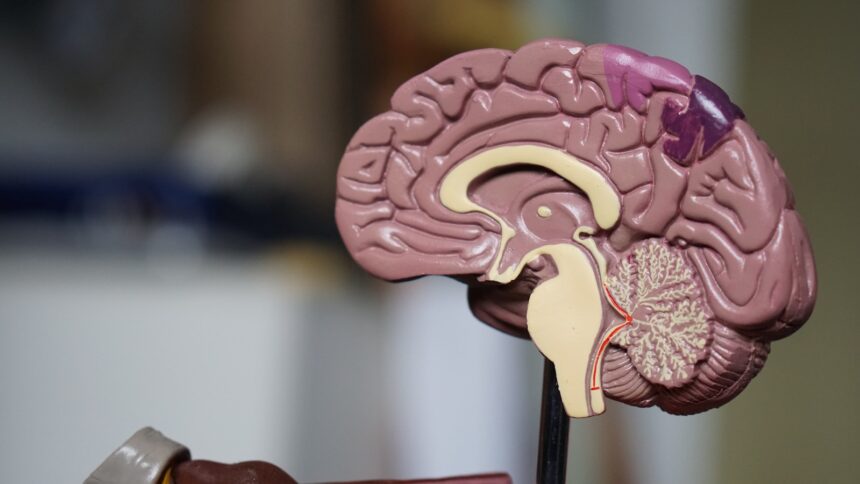Alzheimer’s disease remains one of the most challenging neurological disorders, affecting millions of individuals worldwide. While much progress has been made in understanding its pathology, there are still significant gaps in our knowledge. A recent study led by researchers at the University of Washington sheds light on a potential new culprit behind Alzheimer’s disease, offering insights into the role of immune cells known as microglia in the progression of this devastating condition.
Uncovering Differences in Microglia Behavior:
The study, published in August, focused on analyzing human brain tissue samples from individuals with Alzheimer’s disease and healthy controls. Using advanced techniques, the researchers discovered notable differences in the behavior of microglia—the immune cells responsible for maintaining brain health and function. Specifically, microglia in the brains of Alzheimer’s patients were found to be in a pre-inflammatory state more frequently than those in healthy brains. This altered state makes them less likely to perform their protective functions, potentially contributing to the progression of the disease.

Identification of Novel Microglia Clusters:
Remarkably, the researchers identified three previously unrecognized clusters of microglia, one of which was more prevalent in individuals with Alzheimer’s disease. These distinct microglia populations exhibited gene expression patterns associated with inflammation and cell death, suggesting their potential involvement in disease pathology. Overall, microglia in Alzheimer’s brains were found to be less protective, compromising their ability to clear waste and promote healthy brain aging.
Implications for Alzheimer’s Treatment:
The findings have significant implications for the development of new therapies targeting Alzheimer’s disease. By elucidating the genetic profiles of microglia and understanding their role in disease progression, researchers hope to identify novel treatment targets. The ultimate goal is to develop interventions that can modify microglia behavior and halt or slow the progression of Alzheimer’s disease.
Future Directions and Challenges:
While the study represents a critical advancement in understanding Alzheimer’s disease, many questions remain unanswered. Researchers acknowledge the complexity of microglia behavior and the need for further investigation into their role in disease pathology. Additionally, the potential causal relationship between microglia dysfunction and Alzheimer’s remains to be fully elucidated.
In conclusion, the University of Washington-led study provides valuable insights into the role of microglia in Alzheimer’s disease. By identifying differences in microglia behavior and uncovering novel clusters, researchers have opened new avenues for therapeutic intervention. While challenges persist, the findings offer hope for the development of effective treatments that can improve the lives of individuals affected by Alzheimer’s disease.
Note: This article is based on research published in Nature Aging in August 2023.


